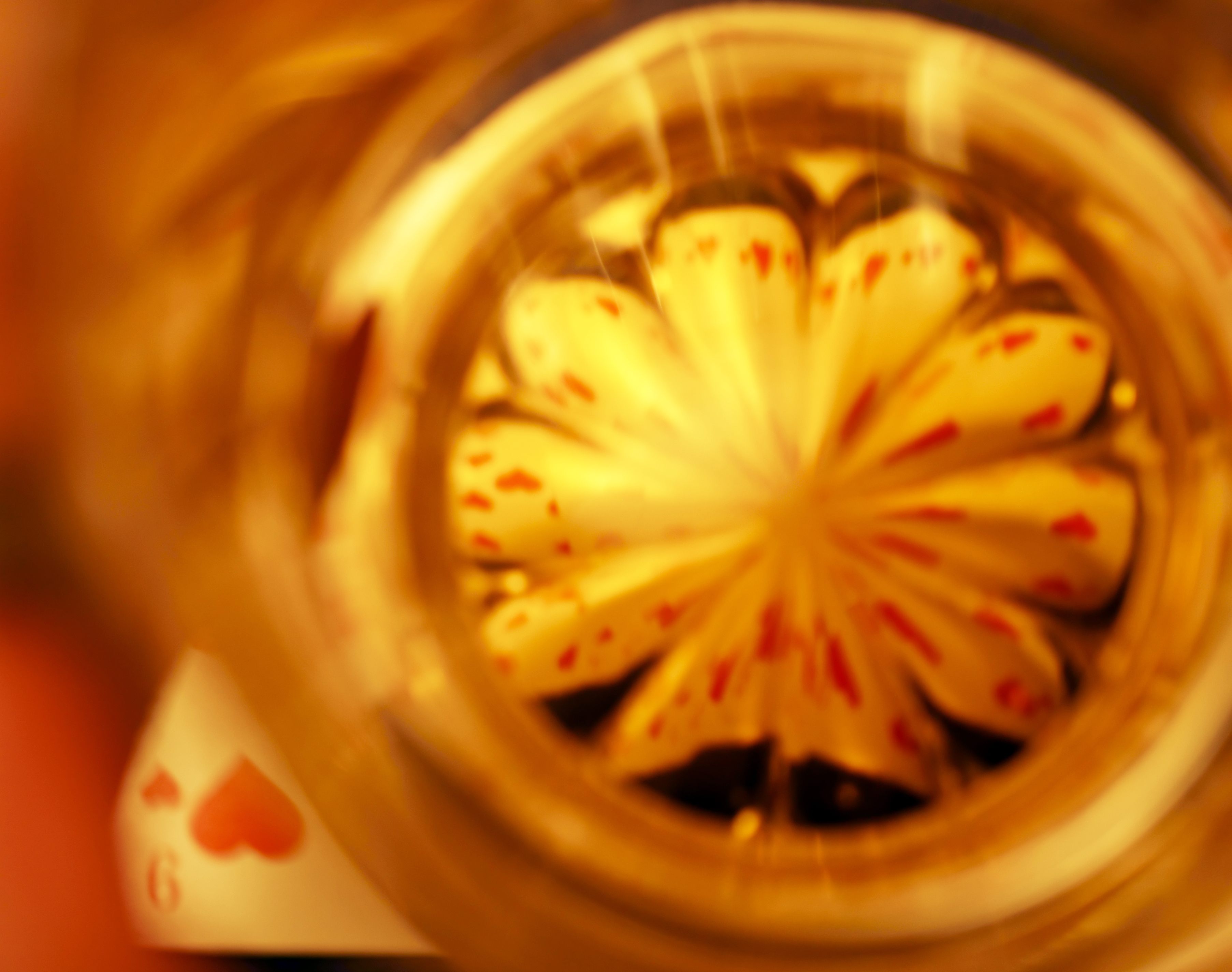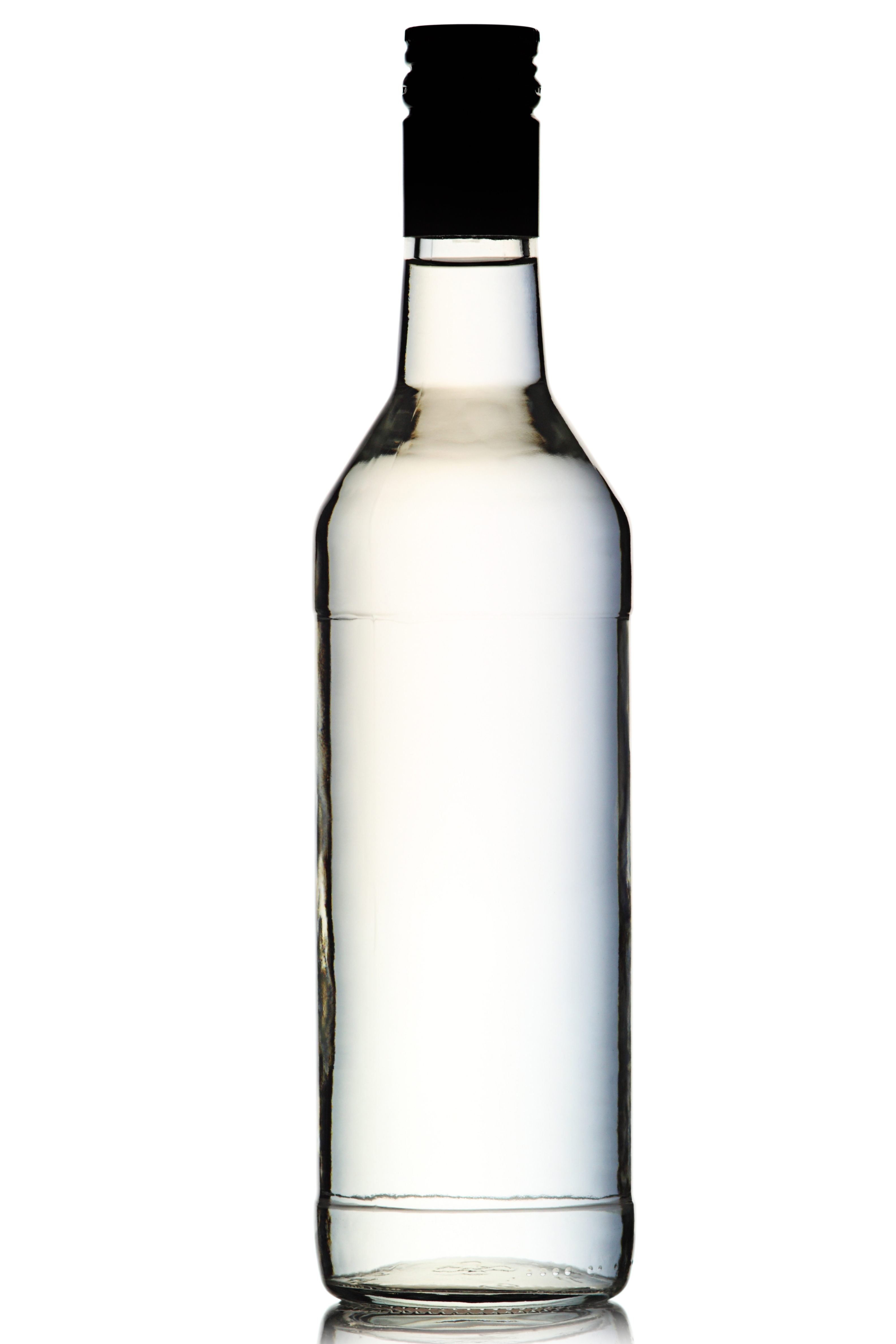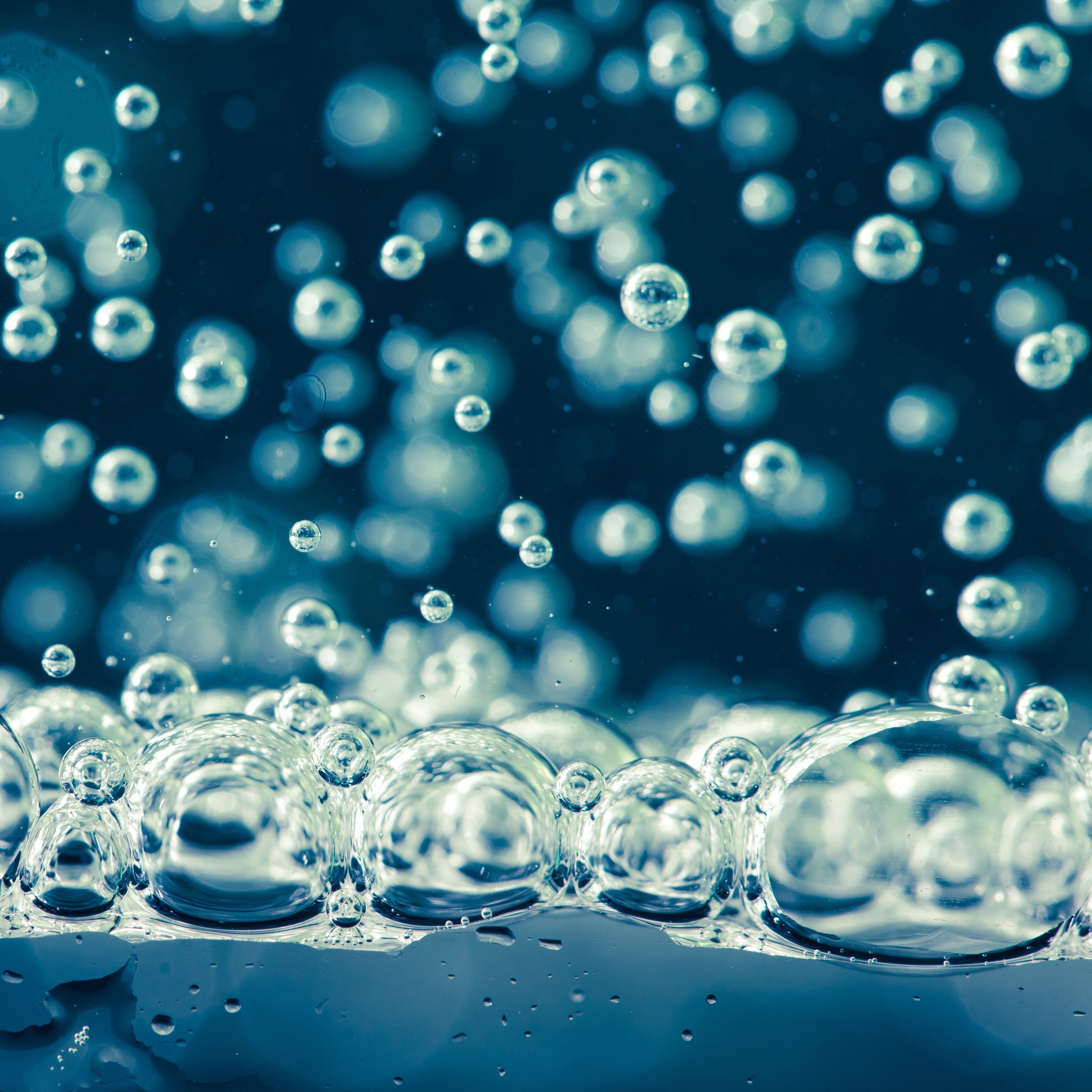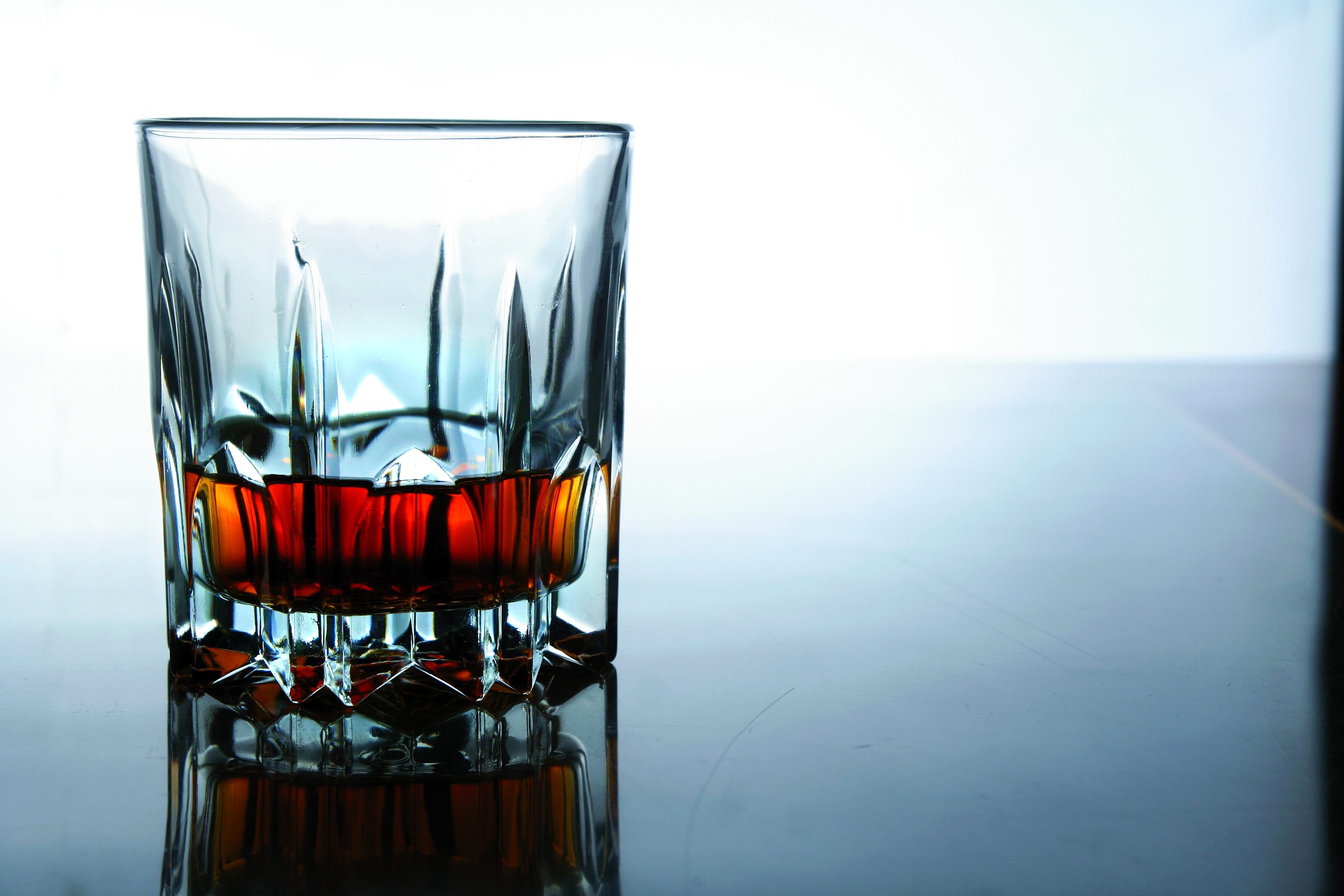How To Fake Good Booze
 (Photo: Bastian Kienitz/shutterstock.com)
(Photo: Bastian Kienitz/shutterstock.com)
Cheating and drinking go together like fake peanut butter and stolen jelly. But imbibing can be an expensive habit. That is, until you combine it with cheating. Why spend all that money on Grey Goose or Hennessy when you could just fake it?
Before you open a sneaky speakeasy or host your next home-based rager, read our list of tips on how to forge good booze.
1. Put It In A Different Bottle
This one seems obvious, but it’s a tried-and-true classic for a reason. You could do the old switcheroo with almost any liquor or draught, but the trick lends itself particularly well to clear alcohols like vodka. The beauty of liquor that is meant to be mixed is that the taste will probably get lost beneath whatever it is combined with, be it cranberry juice or a hearty bloody mary mix.
Once you’ve emptied out your first pricey bottle of Goose, simply refill it with whatever Costco brand bulk booze you can get your hands on. Image conscious drinkers might crow about the deliciousness of Grey Goose or the smoothness of Absolut, but when you bust out that pricey looking bottle, your friends will never know the difference.
 (Photo: OlegSam/shutterstock.com)
(Photo: OlegSam/shutterstock.com)
2. Run It Through A Water Filter
If you’re serving straight alcohol, maybe on the rocks, rebottling your drink isn’t going to cut the taste of cheap liquor. How do you transform your store-bought battery acid into a (sort of) delicious potable? The same way you do with tap water: just run it through a filter.
This might not work quite so well with heartier alcohols like beer or Jagermeister, where the “impurities” are part of the flavor. Again, the cheat’s best friend is vodka. Vodka is mainly defined by its clarity and many brands promote the innovative ways that they filter their product. A great example of this is Dan Ackroyd’s personal brand of premium liquor, Crystal Head Vodka. According to the website, the drink is filtered three times through quartz crystals known as Herkimer diamonds.
But you don’t need glittering stones to get the job done—you need activated carbon (derived from charcoal), which is the main ingredient in most liquid filters. Just run your vodka through a standard filter until it tastes like something you could order at an expensive club. As Gizmodo explains during its own experiment using a homemade filter, activated carbon is notably porous. When liquid passes through it, the carbon soaks up the organic impurities that make it taste horrible. Most vodka distilleries use a similar charcoal filtration process instead of filtering their booze through diamonds.
 (Photo: nikkytok/shutterstock.com)
(Photo: nikkytok/shutterstock.com)
3. Lie About Its Age
People lie about their age all the time, so why wouldn’t they lie about the age of their fancy bourbon? Whiskey and bourbon distillers are constantly bragging about the age of their product. For instance, Jim Beam claims that its flagship bourbon is aged for four years before being bottled and sold.
While you can probably trust such a storied label, not all whiskeys are so trustworthy. Craft distilleries pop up all the time, and as Esquire points out, many of them claim to include ingredients that have been aged between a couple of years and a couple of decades. (Given younger equals cheaper, they are probably on the less-aged end of the scale.)
To make things even more shady, a number of whiskeys that claim elaborate histories and lovably rustic roots actually come come from faceless outside factories. However, showing up to a party with a cool-looking bottle of brown liquor only takes a great story to convince people that it is a fancy bit of booze.
 (Photo: junpinzon/shutterstock.com)
(Photo: junpinzon/shutterstock.com)
4. Put Your Name On It
Faking craft beer is another walk in the park that a lot of small bars use to get people to buy their draughts. Ever wonder where your local bar finds the space to brew its signature lager? Well they don’t actually need space, because it’s not really their beer.
As confirmed by a Brooklyn bar owner who requested not to be named, breweries often offer kegs of random batches of beer that can’t be labeled under their primary brand to bars on the cheap, allowing them to rebrand them with their own names. The next time you think you are drinking some unique beer that can only be found in some tiny rathskeller, you are probably just being cheated into buying the swill a brewery couldn’t sell otherwise.


![Sometimes it's just nice to let the prima donna melt. (Photo: [TK]/Lisa Homa)](https://img.atlasobscura.com/0xPp8mKRHUWistTaVXImW4x-H_favi4tfBU2B4Byl5Y/rs:fill:600:400:1/g:ce/q:81/sm:1/scp:1/ar:1/aHR0cHM6Ly9hdGxh/cy1kZXYuczMuYW1h/em9uYXdzLmNvbS91/cGxvYWRzL2Fzc2V0/cy9kNWVmMTVmOWMz/MWRmYjc0NWFfVU1f/SWNlX0NyZWFtLmpw/Zw.jpg)




Follow us on Twitter to get the latest on the world's hidden wonders.
Like us on Facebook to get the latest on the world's hidden wonders.
Follow us on Twitter Like us on Facebook